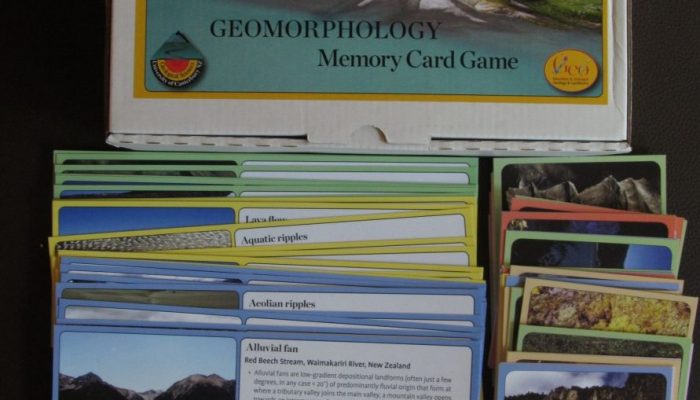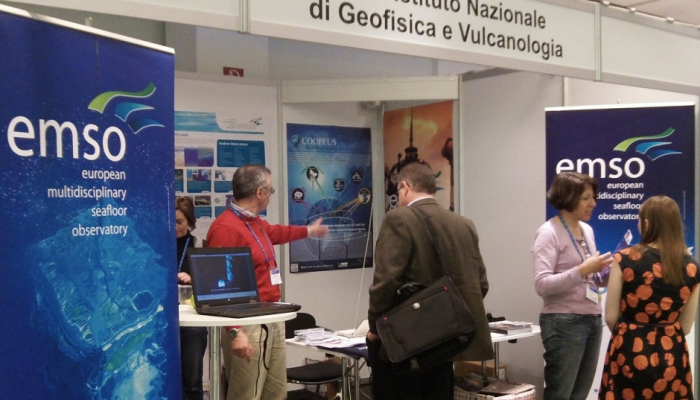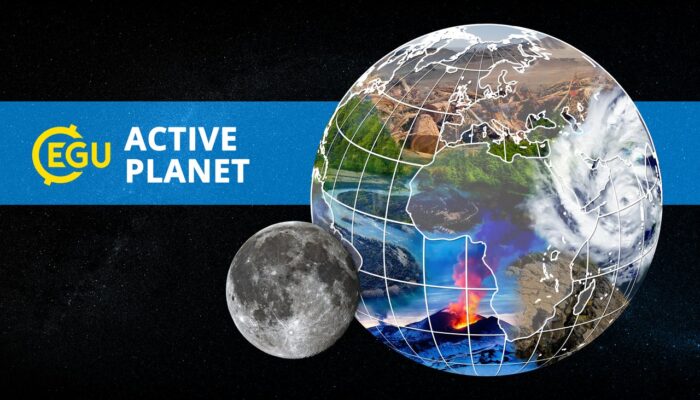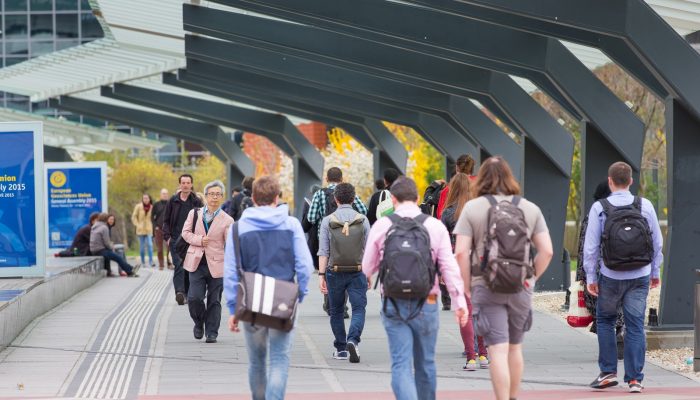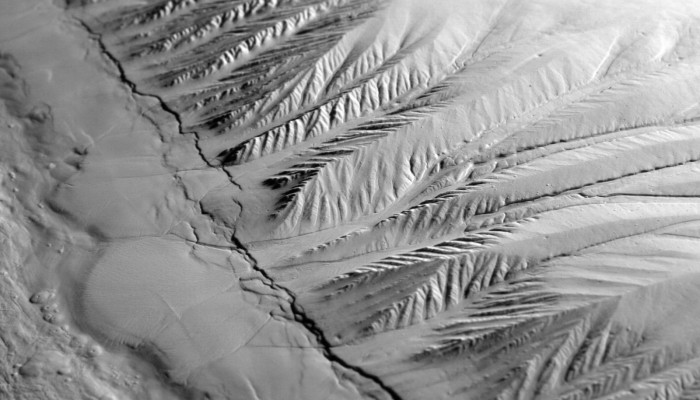Solmaz Mohadjer, PhD student at the University of Tübingen, found the perfect way to relax during a stressful day at EGU while refreshing your knowledge on landforms: A MEMORY card game. – written by Solmaz Mohadjer – Assessing rock surface hardness, dating lateral moraines, modelling future mass-balance changes of glaciers, and playing memory games with school children. Meet Dr. Stefa ...[Read More]
GeoLog
Explore the Exhibition at EGU 2016!
Don’t forget to visit the Exhibition at the European Geosciences Union General Assembly! Exhibition booths for companies, publishers, scientific societies and many more are scattered throughout the Brown (basement), Yellow (ground floor), and Green (first floor) Levels of the Austria Center Vienna. See the General Assembly website for a full list of who’s attending and where to find them. Make sur ...[Read More]
GeoLog
At the Assembly: Tuesday highlights
Welcome back to the second day of the 2016 General Assembly! Today is packed full of excellent sessions, and this list of highlights is by no means comprehensive! Make sure you complement this information with EGU Today, the General Assembly newsletter, to get the most out of the conference – grab a copy on your way in or download it here. This year, the General Assembly has a theme – Active Plane ...[Read More]
GeoLog
Photo Contest finalists 2016 – who will you vote for?
The selection committee received over 400 photos for this year’s EGU Photo Contest, covering fields across the geosciences. The fantastic finalist photos are below and they are being exhibited in Hall X2 (basement, Brown Level) of the Austria Center Vienna – see for yourself! Do you have a favourite? Vote for it! There is a voting terminal (also in Hall X2), just next to the exhibit. The results w ...[Read More]
GeoLog
At the Assembly: Monday highlights
Welcome to the 2016 General Assembly! This is the first full day of sessions and there’s a feast of them to choose from. Every day we’ll be sharing some super sessions and events at EGU 2016 here on GeoLog and you can complement this information with EGU Today, the daily newsletter of the General Assembly. And you can always follow the going-ons at the conference online, through the #EGU16 hashtag ...[Read More]
GeoLog
What’s on for early career scientists at the Assembly in 2016
This year, there’s a great line-up of early career scientist (ECS) sessions at the General Assembly. Not only that, but there are opportunities to meet those that represent you in the Union, get to know other ECS in your field, and make the most of both the scientific and social sides of the conference… Networking First up for ECS is the icebreaker event on the Sunday before the meeting, while thi ...[Read More]
Cryospheric Sciences
The art of surviving a week of conferencing
Hello everyone! My name is Kathi Unglert and I’m a PhD student in volcanology at the University of British Columbia in Vancouver. I will be reporting for the Cryospheric Sciences blog during the upcoming EGU General Assembly as part of the “Student Reporter Programme”. With the meeting only a few days away, I thought I’d put together a quick guide how to make the most out of a whole week of confer ...[Read More]
GeoLog
Imaggeo on Mondays: recreating geological processes in the lab
Many of the processes which take place on Earth happen over very long time scales, certainly when compared to the life span of a person. The same is true for geographical scale. Many of the processes which dominate how our planet behaves are difficult to visualise given the vast distances (and depths) over which they occur. To overcome this difficulty, scientists have developed and resorted to a n ...[Read More]
GeoSphere
Cruisin’ for Deep Sea Vents
My friend John Jamieson, who is now a prof in the geology department at Memorial University in Newfoundland and Canada Research Chair in marine geology and is also a former GeoSphere guest poster is currently on a research cruise near Fiji. John researches deep sea vents, aka. black smokers/seafloor massive sulphide deposits that are exhaling super heated water at tectonic plate boundaries around ...[Read More]
GeoLog
GeoEd: GIFT Workshops at the General Assembly – What the 2016 participants can expect
The General Assembly (GA) is not only for researchers but for teachers and educators with an interest in the geosciences also. Every year the Geosciences Information For Teachers (GIFT) is organised by the EGU Committee on Education to bring first class science closer to primary and high school teachers. If you are an educator attending this year’s edition of the GIFT workshop –the topic of which ...[Read More]

